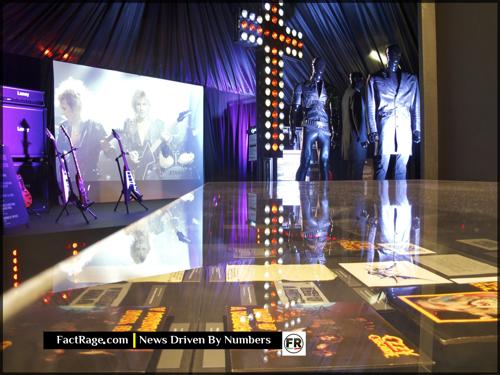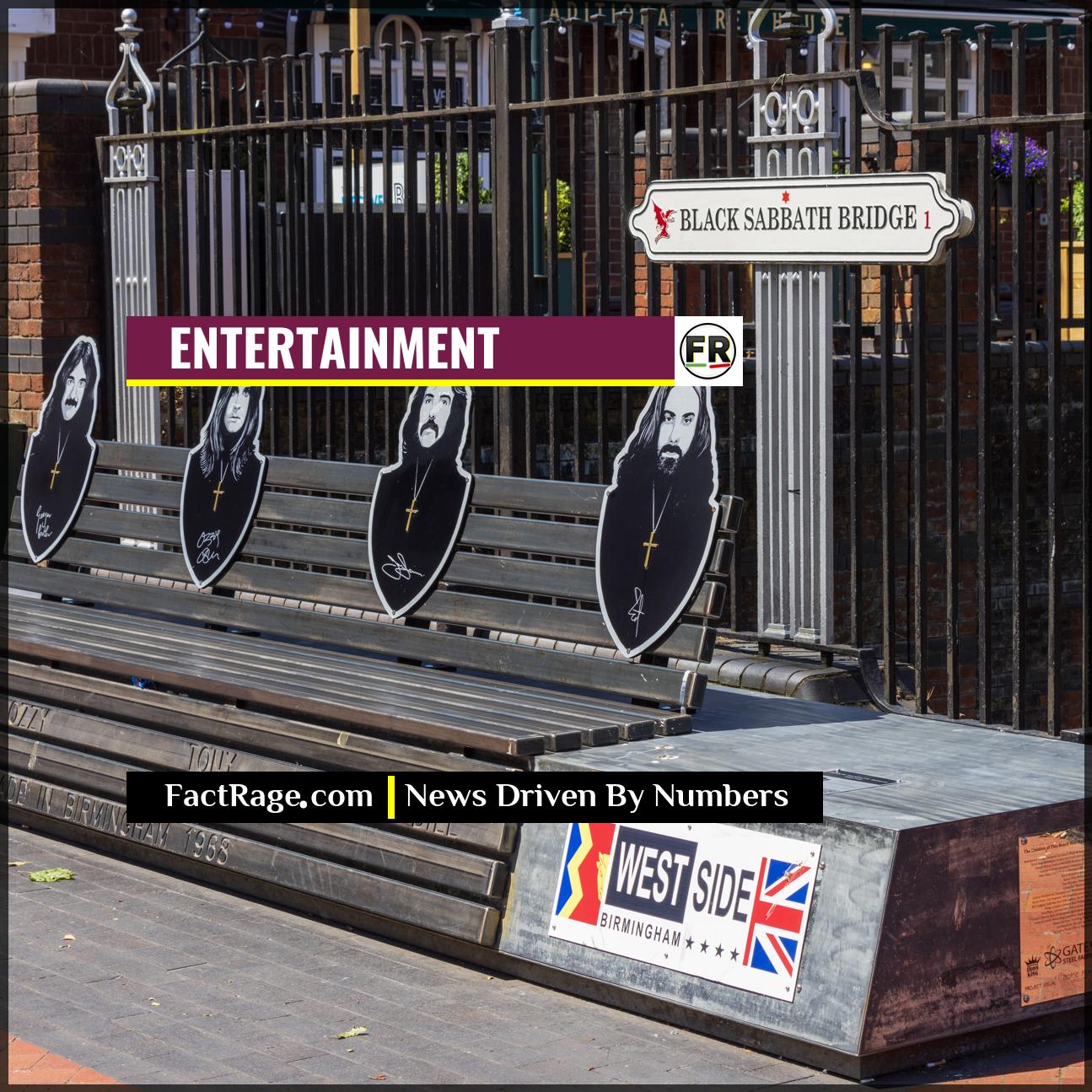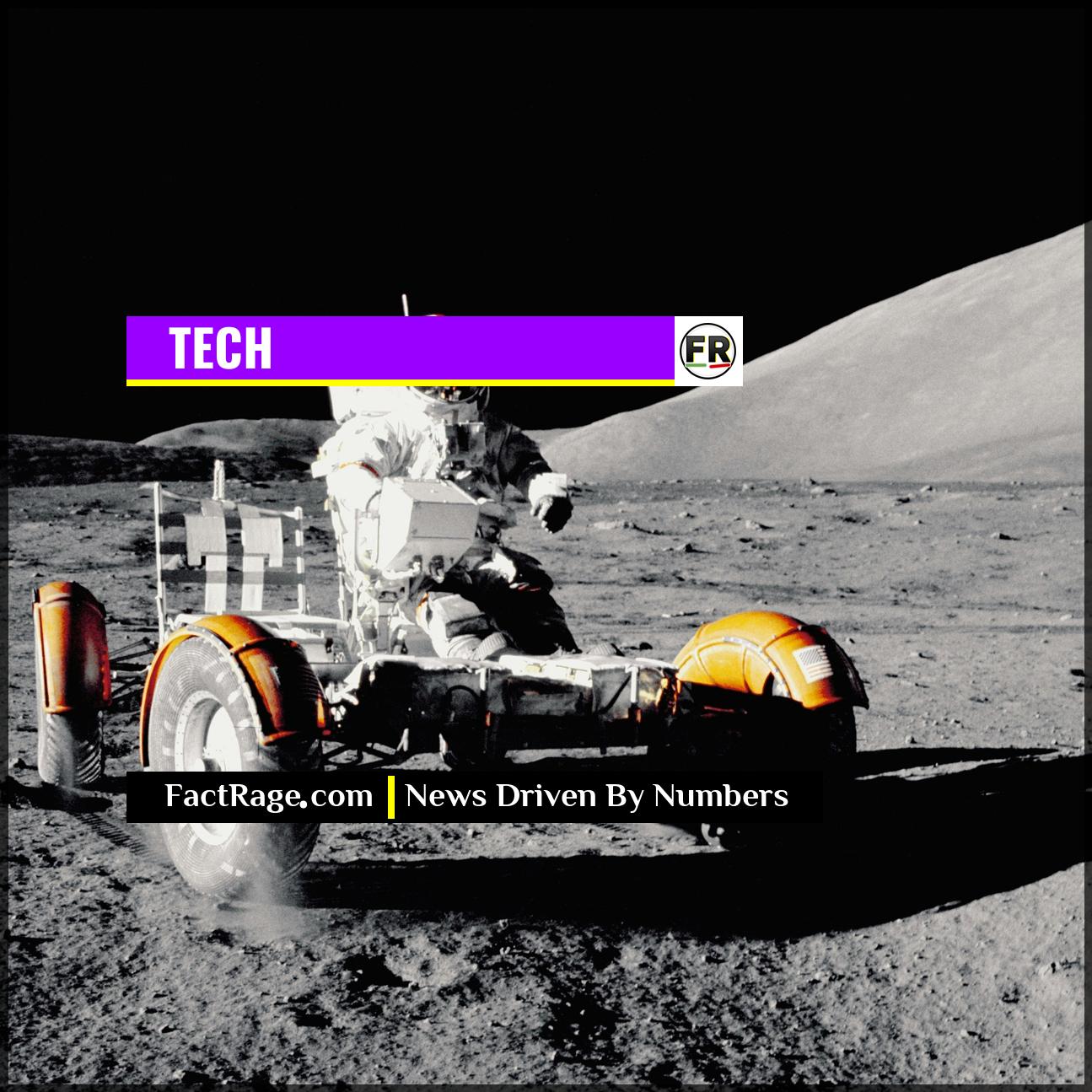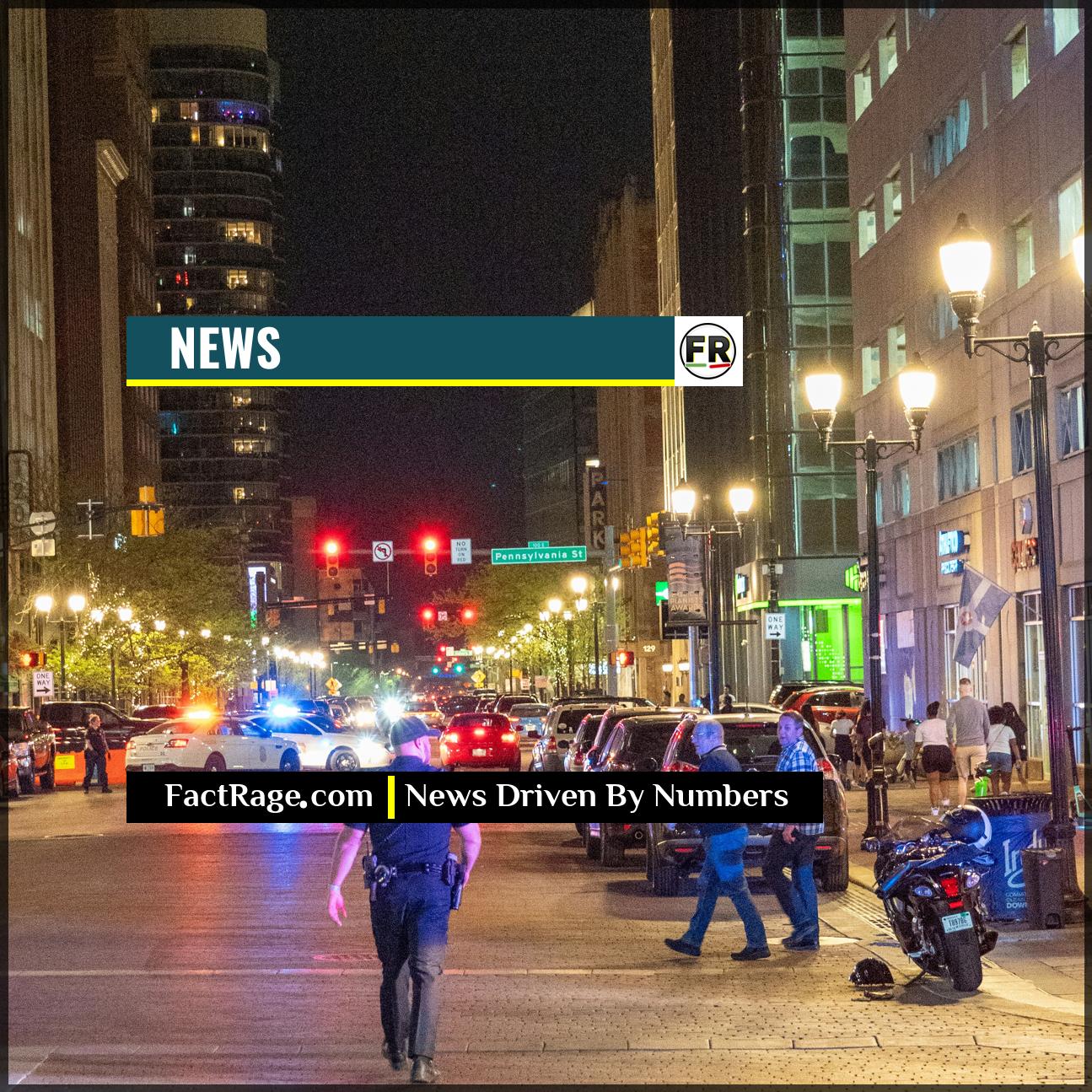BIRMINGHAM, UK – The pioneers of heavy metal are taking a final, digital bow with the announcement of “Back to the Beginning,” a global streaming event showcasing Black Sabbath’s historic final concert.
- A Final Performance – A newly announced streaming event will give a global audience access to Black Sabbath’s final concert, originally performed in their hometown of Birmingham in 2017.
- Forging a Genre – Black Sabbath is widely credited with creating the genre of heavy metal, using down-tuned guitars and themes inspired by social anxiety and horror to create a sound that has influenced music for over 50 years.
- The Legacy Business – The event highlights a growing trend of “farewell tours” and legacy digital products, which have become a multi-million dollar industry for iconic artists capitalizing on nostalgia and brand loyalty.
The event offers a front-row seat to the end of an era, prompting a fresh look at not only the band’s monumental influence on pop culture but also the sophisticated business of saying goodbye in the age of streaming.
The Price of a Final Bow
![]() A band’s farewell is always a major cultural event, but it’s also a sophisticated financial play. With legacy tours becoming a near-billion-dollar industry, the real story is often found in the business strategy behind the nostalgia. This event reveals a powerful blueprint for how iconic artists are converting decades of cultural capital into durable, digital-era revenue streams.
A band’s farewell is always a major cultural event, but it’s also a sophisticated financial play. With legacy tours becoming a near-billion-dollar industry, the real story is often found in the business strategy behind the nostalgia. This event reveals a powerful blueprint for how iconic artists are converting decades of cultural capital into durable, digital-era revenue streams.
How Industrial Grit Forged a Global Sound

What defines the sound of a genre? For heavy metal, the answer began in the soot-covered, industrial landscape of Aston, Birmingham, in the late 1960s. Black Sabbath—composed of Ozzy Osbourne, Tony Iommi, Geezer Butler, and Bill Ward—channeled the grim, mechanical noise of their factory-town surroundings into their music. Guitarist Tony Iommi, who lost the tips of two fingers in a sheet metal factory accident, famously down-tuned his guitar to make it easier to play, inadvertently creating the dark, sludgy, and powerful guitar tone that would become the genre’s bedrock.
This wasn’t just a louder version of the era’s blues-rock. The band’s use of the musical tritone, an interval once dubbed diabolus in musica (“the devil in music”), gave their songs an unsettling and ominous quality that was completely new to mainstream audiences. Their lyrical themes veered away from peace and love, instead exploring war, social chaos, and the occult. This combination created a blueprint that would directly influence not just metal, but subsequent genres like grunge, stoner rock, and industrial music for decades to come.
Unpacking the Multi-Million Dollar Farewell
The concept of a “farewell tour” has evolved from a simple goodbye to a massive, multi-faceted business enterprise. These tours are often the most lucrative ventures of an artist’s career. For instance, Elton John’s “Farewell Yellow Brick Road” tour became the highest-grossing tour in history, earning over $939 million. Why are these final runs so successful? They leverage a powerful combination of scarcity, nostalgia, and brand culmination.
For a band like Black Sabbath, the farewell tour is the final capitalization on a 50-year brand. The revenue streams extend far beyond ticket sales. High-priced merchandise, deluxe box set reissues, and, as seen with this new streaming event, post-tour digital products create a long tail of income. This model transforms a band’s legacy into a durable financial asset, allowing them to monetize their history without having to create new music or endure the rigors of constant touring. It answers a key question for aging artists: how do you remain profitable when you can no longer perform 150 shows a year?
Why Streaming Offers Legacy Acts a Second Life
In the modern creator economy, a legacy artist’s back catalog and iconic status are their most valuable content. While streaming platforms are often discussed in the context of new artists and weekly releases, they have become a vital stage for established legends. A streaming event like “Back to the Beginning” serves multiple functions. It re-engages the loyal, older fanbase while introducing the band’s story and power to a new, younger audience that may have never had the chance to see them live.
Furthermore, it allows the one-time energy of a live concert to be repackaged and resold indefinitely, globally, and without the immense logistical costs of an actual tour. This digital afterlife ensures that the band’s cultural relevance and revenue potential are not tied to their physical ability to perform. It cements their place in music history by making a key moment—their final performance—an accessible, on-demand piece of media, ensuring the godfathers of metal won’t soon be forgotten.
More Than an Echo: Sabbath’s Enduring Playbook
![]() Ultimately, the ‘Back to the Beginning’ event is more than just a final curtain call; it’s a masterclass in modern legacy management. Black Sabbath didn’t just write the book on heavy metal—they’re now providing a key chapter on how iconic artists can transform their cultural footprint into an enduring financial asset. By packaging their finale for the streaming age, the band ensures their influence resonates far beyond the final chord, proving that a legacy, when managed correctly, never truly ends.
Ultimately, the ‘Back to the Beginning’ event is more than just a final curtain call; it’s a masterclass in modern legacy management. Black Sabbath didn’t just write the book on heavy metal—they’re now providing a key chapter on how iconic artists can transform their cultural footprint into an enduring financial asset. By packaging their finale for the streaming age, the band ensures their influence resonates far beyond the final chord, proving that a legacy, when managed correctly, never truly ends.













